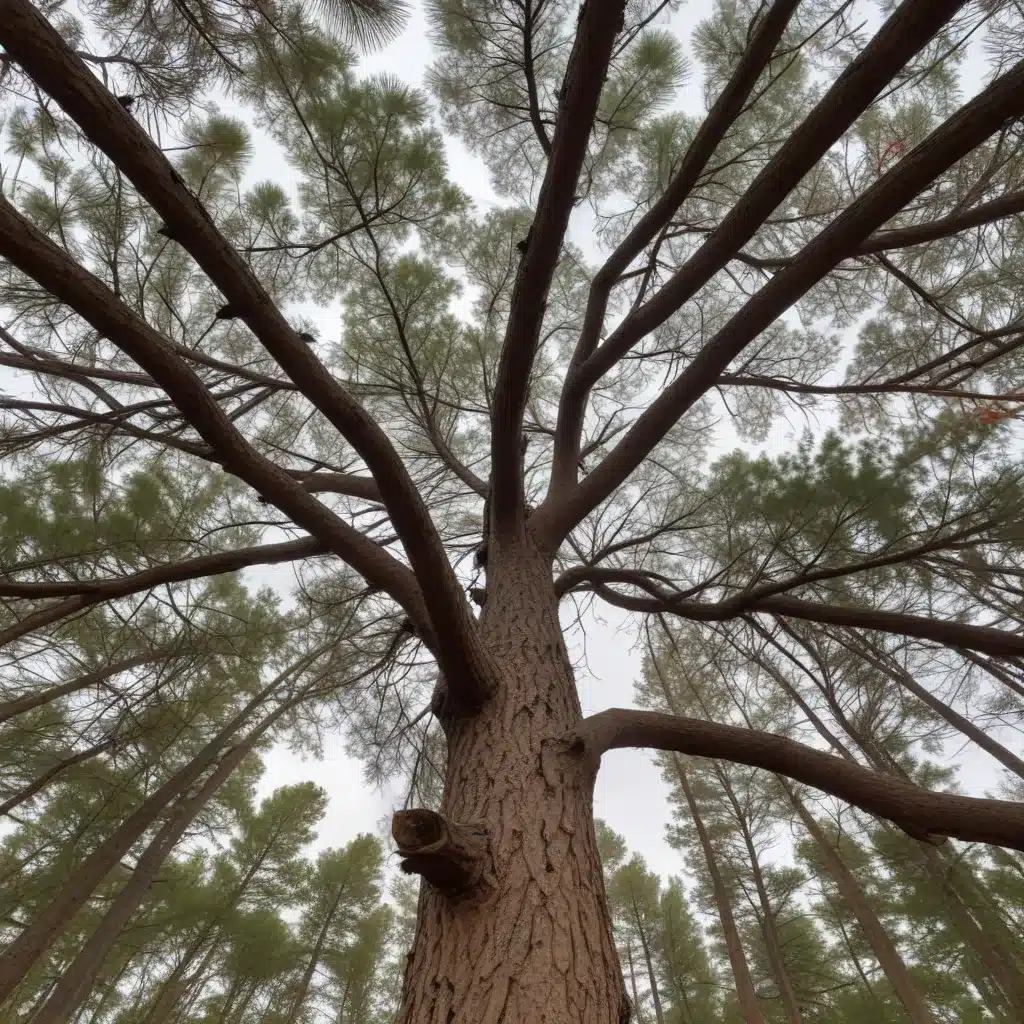
At Crooked Pines Farm, we are dedicated to nurturing the delicate balance of our local ecosystems. As a farm educator, I’m excited to take you on a deep exploration of the intricate web of life thriving right in our own backyard.
Biodiversity at Crooked Pines
Crooked Pines boasts an incredible diversity of flora and fauna, from the towering white pines and fragrant hemlock trees to the elusive red foxes and majestic bald eagles. But this rich tapestry of life didn’t arise by chance – it’s the result of thousands of years of evolution, shaped by the unique climate, soil, and stewardship of the land.
One species that has captured our attention is the threatened bog turtle. These tiny turtles, measuring just 3-5 inches, thrive in the isolated wetlands and deep, muddy soils of our preserve. By carefully monitoring their hibernation patterns and tracking their movements, we’ve learned that some individuals at Crooked Pines are over 60 years old – incredible testament to their resilience and the health of their habitat.
The return of the bald eagle to our region is another heartening success story. Once on the brink of extinction due to pesticide poisoning, these majestic birds have rebounded as we’ve worked to protect their nesting sites and the abundant fish populations they rely on. Seeing their powerful silhouettes soaring over our ponds and streams is a regular delight for our visitors.
Habitats and Niches
The diversity at Crooked Pines is enabled by the variety of habitats found within our borders. The towering old-growth forest provides critical shelter and food for countless species, from the tiny red-backed salamanders that scurry across the forest floor to the elusive Hine’s emerald dragonfly that lays its eggs in the cool, spring-fed streams.
Our wetland areas, with their dense cattails and spongy sphagnum moss, are home to a whole different community. Here you might spot a moose wading through the shallows or a river otter slipping between the flooded logs. The transitional zones between the forest and wetland – our shrublands and meadows – harbor a diversity of pollinators and grassland birds that thrive in the varied habitat.
Interconnected Web of Life
At the heart of Crooked Pines’ rich biodiversity is the delicate web of relationships that connect every living thing. Through the process of photosynthesis, our plants capture the sun’s energy and convert it into the organic compounds that fuel the entire ecosystem. Decomposers like fungi and bacteria then break down dead plant and animal matter, recycling those essential nutrients back into the soil.
This constant cycling of energy and materials sustains complex food webs, where each species plays a unique role. The white-tailed deer browse on woodland vegetation, the black bears feast on berries and insects, and the red-tailed hawks soar overhead, hunting small rodents. Every creature, from the tiniest springtail to the mightiest moose, is intricately linked to the others through these intricate feeding relationships.
Even the abiotic factors – the non-living components of the environment like climate, hydrology, and soil composition – shape and sustain this web of life. The cool, acidic soils of our spruce-fir forests favor the growth of species like the small whorled pogonia orchid, while the mineral-rich wetlands support a diverse array of aquatic invertebrates and amphibians.
Conservation Efforts
Maintaining the health and resilience of Crooked Pines’ ecosystems is a constant challenge, but one we embrace with passion and determination. Our team works tirelessly to control the spread of invasive species like glossy buckthorn that can outcompete native plants. We also undertake habitat restoration projects, replanting native trees and wildflowers to provide food and shelter for imperiled wildlife.
Engaging our community is crucial to these conservation efforts. Through our educational programs, we teach children and families about the wonders of the natural world and inspire them to become stewards of the land. Our citizen science initiatives, like butterfly and bird monitoring, empower visitors to actively participate in data collection and species protection.
We also collaborate closely with other land trusts, wildlife agencies, and university researchers to share knowledge and coordinate regional conservation strategies. By aligning our goals and pooling our resources, we can tackle challenges at the ecosystem level and ensure the resilience of interconnected habitats.
Future Outlook
Of course, the web of life at Crooked Pines faces an array of threats, from the impacts of climate change to the encroachment of human development. As temperatures rise and precipitation patterns shift, we anticipate cascading effects on the delicate balance of our ecosystems. Invasive pests and diseases may become more prevalent, while sensitive species like the Hine’s emerald dragonfly struggle to adapt.
Yet, we remain hopeful. By embracing adaptive management strategies and implementing nature-based solutions, we’re confident we can nurture the resilience of our ecosystems. Our ongoing efforts to restore wetlands, reforest degraded lands, and provide wildlife corridors will be crucial in the face of these mounting challenges.
Most importantly, we are committed to fostering a deep sense of connection between our community and the natural world. By sparking curiosity, wonder, and a profound appreciation for the intricate web of life, we empower our neighbors to become active stewards. Together, we can ensure that the diverse flora and fauna of Crooked Pines will continue to thrive for generations to come.
To learn more about our farm’s rich ecosystems and how you can get involved, please visit www.crookedpinesfarm.com. We look forward to welcoming you to our little corner of this magnificent, interconnected world.


